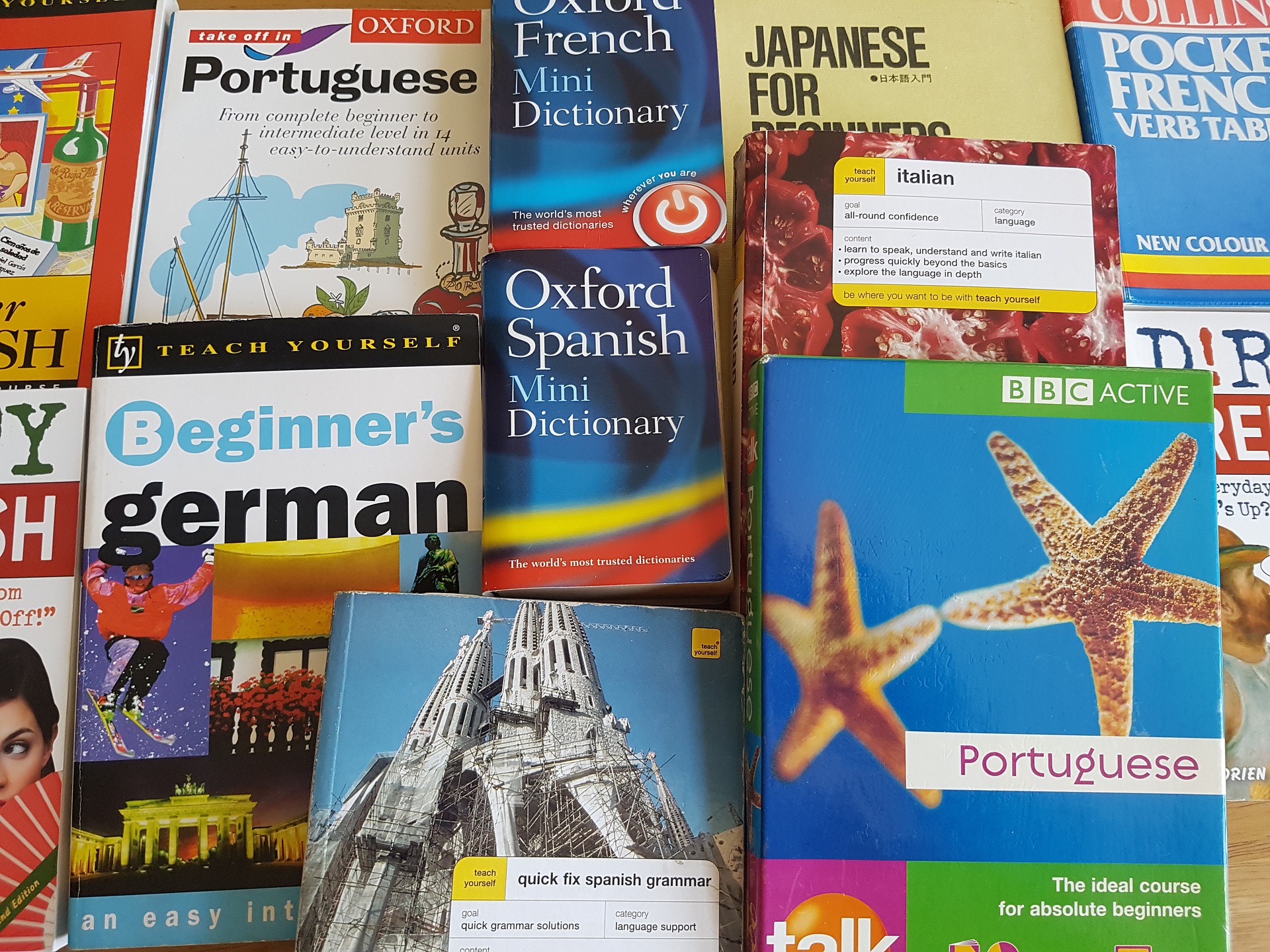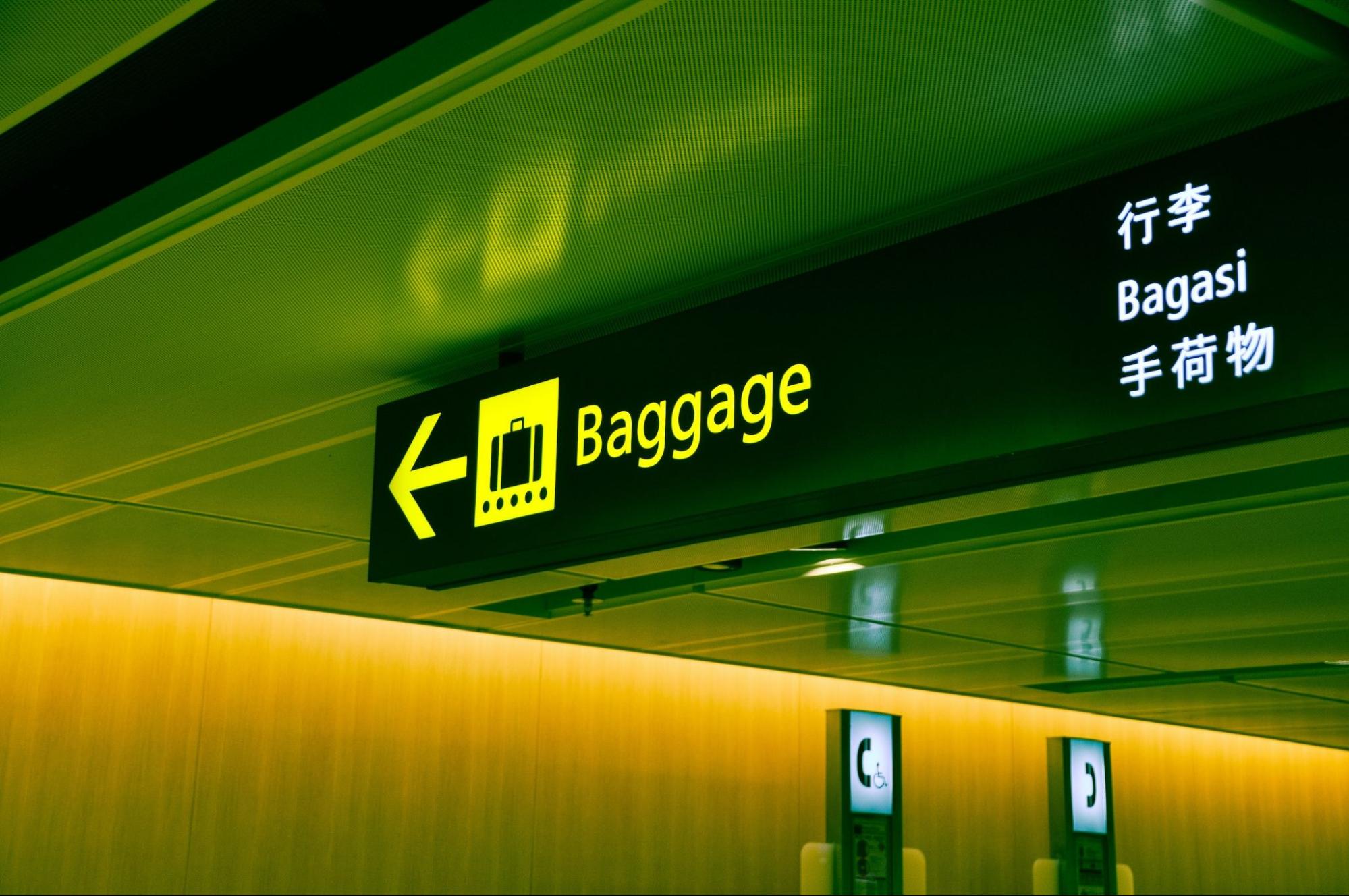Why Translate?
You must have run to a text with writing that looks strange to you. Perhaps it has a combination of letters or weird symbols that you have never seen before. Some of those letters look curvy as if they can bounce, while others look like a wave flowing. When you look closely, it has so many symbols as if each word has different symbols, unlike Latin alphabets that only have 26 letters. What you saw was foreign language writing. We cannot possibly learn all the languages. So, how does one make sense of other languages? The answer is translating the language to the one you understand.
Photo taken from https://pixabay.com/photos/language-learning-books-education-2345801/
Translation is an act of transferring the meaning from one language to the other language. It is a process of comparing the meaning of a sentence from the source language with the target language and choosing the right way how the target language can convey the same meaning as the source language. When translating a text from other languages, the equivalent of the word is chosen based on the context and structure of the text. A word can have different translations as many words depending on the usage, such as the word “run” can mean various things, the examples are run a marathon, run a store, or a program. The word ‘run’ from the example has a distinct meaning from one to another, even when each uses the same verb.
When translating a text from other languages, the equivalent of the word is chosen based on the context and structure of the text.
The process of adapting Source Language to Target Language is akin to a problem-solving task and decision-making process which makes it a complicated task with a variety of problems. If you are more focused on getting all the meanings right, your target language wording is usually a little formal and unnatural. If you focus on creating exceptional writing, it is easy to miss the nuances or components of the message in translation. Both ways, this is a challenging task and it is easy to make mistakes. That is why a solid translation process is required and strictly followed by professional translators. Further reading.
A translator is a person tasked with encoding a foreign language. Being a translator requires a great understanding of the source and target language. Because language is highly tied with our culture and social phenomenon, just knowing the language is not enough. A translator needs to know the history, pop culture, and specific terms from a topic that is about to be translated. Consider this idiom ‘out of the blue’ that means unexpected things. If you do not know it, you might interpret the meaning literally as someone is coming out of something blue, absolutely missing the point.
There are some tools that a translator can use to aid the translation process. The good ol’ dictionary is essential for every translator because remembering all words in a language is nigh impossible. Aside from a dictionary, thesaurus could come to the rescue. Instead of word meanings, it contains word synonyms. Thesaurus is excellent when the translator wants to find a precise or more accurate term. Computer-Assisted Translation or CAT is also preferable to use. CAT is software that translation uses to edit, segment translation, and store it in the database when the translator encounters a similar segment that will be reused. The spelling and grammar checker is also crucial for ensuring error-free text. What I mentioned above are just some of the tools. There are still many tools to support translation. Read here to learn more about translation tools!
Photo taken from https://pixabay.com/photos/language-learning-books-education-2345801/
Translation requires an in-depth grasp of language, social and technical levels. While it seems like changing one word to another language, translation is not an easy task. With the translator’s knowledge, experience, and interpretation, any foreign text can become something everyone is familiar with. I hope you understand what translation is, especially in our ever-connected world.
Editor: Clara Nathania & Handiko Wijaya



